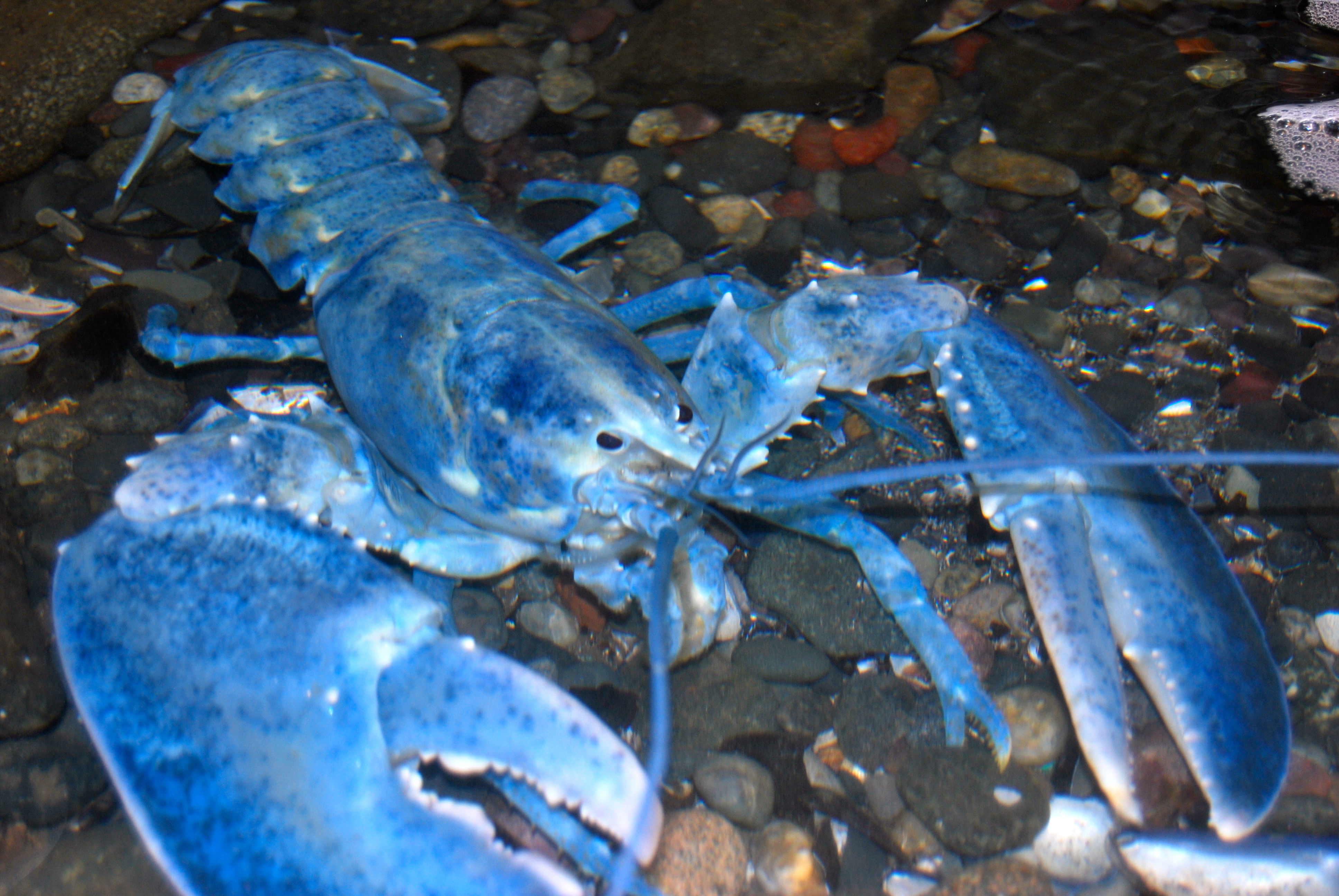by Angela Herring
“There are some questions that you don’t need to be a scientist to ask. You need to be a little kid,” said Baruch Barzel, a post-doctoral research associate at Northeastern’s Center for Complex Network Research.
Two-and-a-half years ago, when he joined the lab led by world-renowned network scientist Albert-László Barabási, these were the questions that intrigued Barzel. In a paper recently released in the journal Nature Physics, Barzel and Barabási have answered them.
Complex networks, Barzel explained, like those of genetic, biochemical, or even social interactions, all share the same structural features. For example, they all obey something called the “small world phenomenon,” where every node is connected to every other node by a surprisingly small number of steps. They also all have a high degree of heterogeneity, where a few nodes are unexpectedly much more connected than the majority.
When Barabási’s team identified this element of universality common among the structures of complex networks, it laid the foundation for an entirely new field of research: network science. But Barzel wanted to take this further. “So what if these complex networks have the same structures. Does that mean that they’ll have the same behavior?” he wondered.
When Barzel joined Barabási’s lab, he didn’t expect the answer to his question to be yes. “You take human beings and proteins and you construct the exact same network from the two entities, why would you expect them to behave the same?” he said. “My feeling was something was missing.”
A network consists of a bunch of nodes with links connecting them, and they all look very similar regardless of what the lines and dots represent. “What doesn’t appear there,” said Barzel, “is the story behind the links.”
It’s that story—translating the connection between two things into their influence on each other—that is so important to moving from structure to behavior.
For instance, recall those highly connected nodes. You might expect that a person connected to thousands of other individuals will have a bigger impact on the network than a person only connected to 10 or 15 others. But if the highly connected individual has no influence over his connections, he won’t have much power to change the system.
In the new Nature Physics paper, Barzel explains that when he looked at the patterns of influence rather than merely the structural patterns, he found another level of universality that he did not expect. “I was aiming to find that once you account for dynamical behavior, everything is different,” he said.
But in fact, while a network of proteins and a network of humans have different microscopic behaviors (proteins react with each other, humans talk with each other), they, and all other complex networks, are forced to follow just one of a small set of distinctive types of behaviors.
At the macroscopic level, only a few of those microscopic details matter. And so with just a little bit of key information about a particular network, Barzel and his colleagues are now able to make predictions about how a system will behave under various circumstances.
Originally published on news@Northeastern on September 25, 2013.

